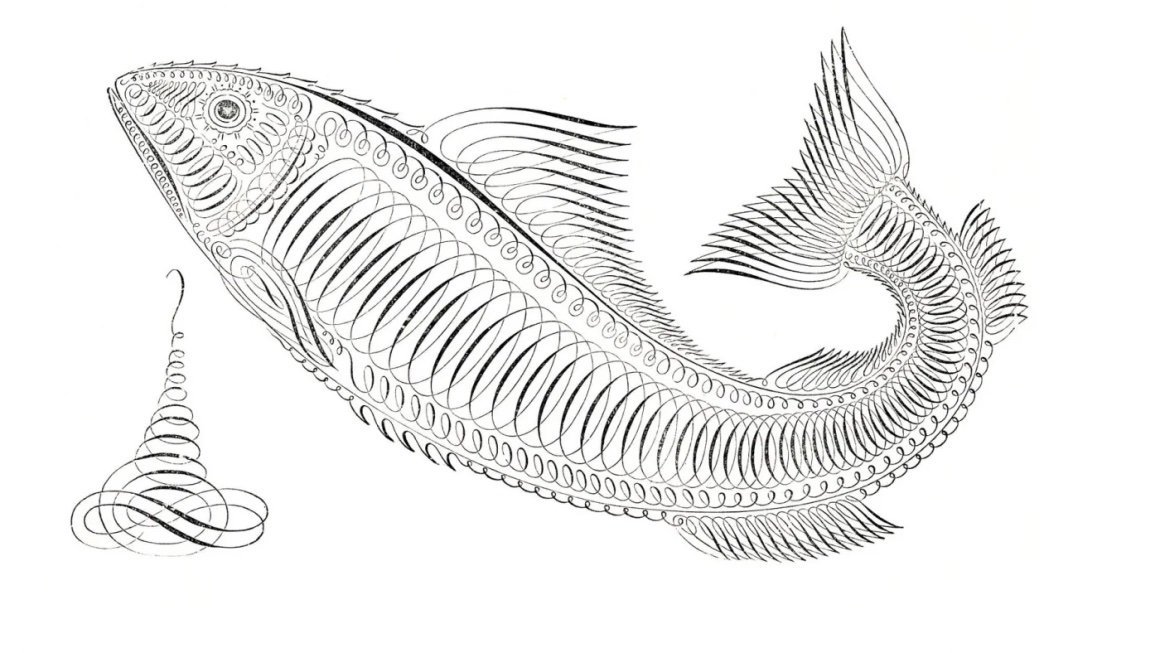Review: Elena Ferrante’s ‘My Brilliant Friend’ on HBO
By Dawn Elardo
It begins in the dark: a phone vibrates, and a woman lying in bed answers it. “Pronto,” she says. “Mama’s missing,” the voice of a man on the other end says in Neapolitan dialect.
This Sunday premiered the long-awaited HBO adaptation of Elena Ferrante’s My Brilliant Friend, the first book in her Neapolitan novels quartet. The opening scene is haunting. It’s Rino, Lila’s son, calling Elena (now 60) to tell her that his mother, Elena’s best friend, has disappeared without a trace. Lila has even cut herself out of every family photo. The phone call sets the tone for the episode to come: Just as in the novel, Lila’s presence (or lack thereof) haunts everyone.
Lila’s absence haunts Elena in particular. The two were childhood best friends, and this friendship sets up the structure of the overall narrative. After Lila goes missing, Elena is moved to write all the stories she knows about Lila growing up. From the very beginning of episode one, called “The Dolls,” it’s also clear that this is a narrative about far more than a friendship. It’s about two bold and spirited girls navigating through the violent, patriarchal world of Naples in the 1950s — Elisa Del Genio (who plays the young Elena) and Ludovica Nasti (who plays the young Lila) are nothing short of spectacular to watch on screen.
The two girls grow up in post-WW II Naples, and in Episode 1 Elena describes their town like this: “Up, down, we always felt we were going to run into something terrible, which, even though it had existed before us, had always been waiting for us.” This sentiment is also true throughout the quartet novels. The show does a compelling job at making Naples—the Naples Elena and Lila inhabit—the third main character of the story.
Elena and Lila have a passion for learning and books and writing, and they quickly realize how much they need each other to survive in this place and time, a time in which girls are publicly and shamelessly treated as if inferior to boys. As a girl in this town and in this era, having ambition is simply against the unspoken maschile-dominated rule of law, and if you show them otherwise, as Lila often does, the price to pay is nothing less than a beating.
This becomes evermore palpable through the ways in which the scenes unravel and come together. In the first episode, Lila and Elena are picked to compete against two older boys at school. The two girls represent the girls’ class while two older boys represent the boys’ class. Before the contest, Maestra Oliviero, the girls’ teacher says this: “It’s a little contest between us, but it means a lot to me because if we don’t start showing the boys now that you’re just like them, better actually, they’ll crush you.” And crush them is exactly what happens: it becomes apparent that the two girls are more knowledgeable than the two boys. As a result, Lila gets large rocks thrown at her after class by one the boys she beat in the contest, and the other hits her on her head. Then later Lila gets slapped harder and harder, over and over again by the older brother of the other boy (Don Achille’s sons) she beat in the contest. By the end of this beating, both Lila and Elena are thrown on the ground.
Although this theme of men’s insecurity and domination of women to compensate pervades through the novels, the HBO adaptation arguably puts it more at the center of the story (at least in the initial episodes). Elena Ferrante (the author’s pen name) is one of the writers of the television adaptation, along with Francesco Piccolo, Laura Paolucci, and director, Saverio Constanzo, whom Ferrante sought out to direct the series. With this in mind, one can imagine that perhaps Ferrante had a lot to do with which storylines to highlight per episode. In fact, the structure of the adaptation is very different from the first novel. In the novel, because Elena is telling the stories retrospectively, the narrative doesn’t follow any particular order temporally. In the novel, the story begins with the two girls about to knock on Don Achille’s (the town’s capo) door, whereas in the first episode that’s where it ends.
Instead, the structure of Episode 1 is focused more on how the girls are drawn together because of their similarities — their ambition, their intellect. With that in mind, Ferrante’s message is loud and clear: there is magic and hope embodied in the characters of these two girls.
In today’s world where the Me Too and the Time’s Up movements are still in the early stages of their reckoning, stories of friendships between women and girls are also now just entering their current cultural renaissance. HBO producing Elena Ferrante’s novel quartet—set to run 32 episodes—is a sign that producers are accepting that women’s stories, women’s history is the most critical missing piece of our puzzle that still needs to be addressed, more so than ever.
Watching HBO’s adaptation of My Brilliant Friend, seeing Lila and Elena go through their adventures and commanding attention at the center of a show is incredibly refreshing. It automatically becomes clear that we are watching something entirely new: We are seeing the world through the eyes of two young girls; how they see things and absorb their environment, and how they experience the world that’s structured against them from the very start.
